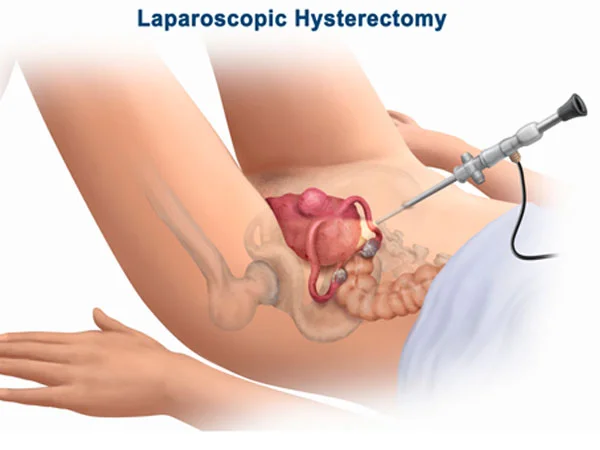
Laparoscopic Hysterectomy
Laparoscopic hysterectomy is a surgical procedure that involves removing the uterus through small incisions made in the abdomen using a laparoscope, which is a thin, lighted tube with a camera attached to it. The procedure can be performed as a minimally invasive surgery, which means that it can result in less pain, scarring, and a shorter recovery time compared to traditional open surgery.
Procedure:
During the procedure, the surgeon makes a few small incisions in the abdomen and inserts the laparoscope, which provides a clear view of the uterus and surrounding organs. Other surgical instruments are inserted through the additional incisions to remove the uterus and any other affected tissues.
Laparoscopic hysterectomy is commonly used to treat conditions such as uterine fibroids, endometriosis, and abnormal uterine bleeding. However, it may not be suitable for all patients, and your doctor will determine whether you are a candidate for the procedure based on your medical history and current health status.
Risk Factor
As with any surgical procedure, there are risks associated with laparoscopic hysterectomy, including bleeding, infection, and injury to surrounding organs. However, these risks can be minimised with proper preoperative preparation and postoperative care. If you are considering laparoscopic hysterectomy, it is important to discuss the risks and benefits with your doctor and ask any questions you may have about the procedure.

